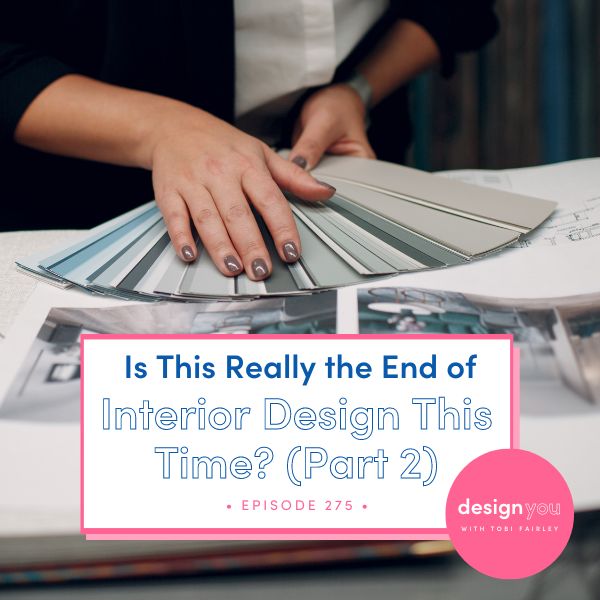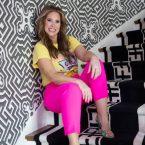
Last week, in the first episode of my series about interior design and the question of whether it’s really the end this time, we discussed the state of the design industry and how consumer habits have changed. This week, we’re building on that conversation, and I’m sharing what I think it takes to succeed as a designer in 2023 and beyond.
The pandemic changed design forever, and AI is altering the landscape further. The industry is shifting, but you can still be a successful interior designer. It requires defining what being financially successful looks like to you, and what you’re willing to do in your business to achieve success.
Tune in this week to discover what it really takes to be a successful designer in 2023 and beyond. I’m sharing what you need to keep in mind as you look at other people in the industry who you perceive as successful, and 10 ways you can start evolving and securing your success as an interior designer.
Discover a new path to success in the Interior Design Industry with our live 3-part training: How To Create Additional Revenue Streams. Join us as we teach you the strategies to launch innovative income streams, freeing you from the limitations of traditional design services. Don’t miss this opportunity to revolutionize your business and thrive in today’s competitive landscape. Grab the Training Series now to prepare your business for today & beyond!












